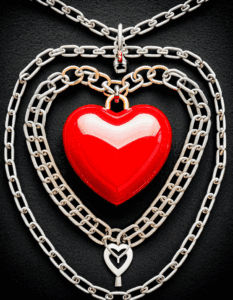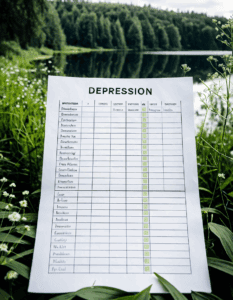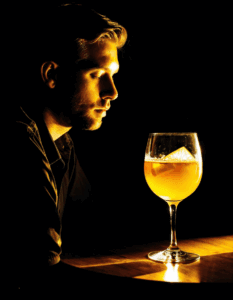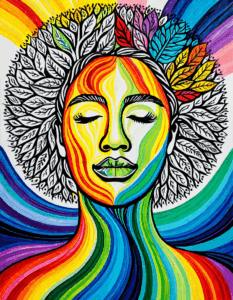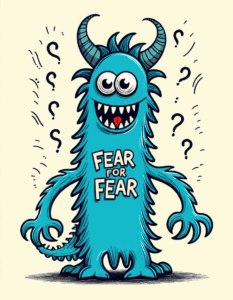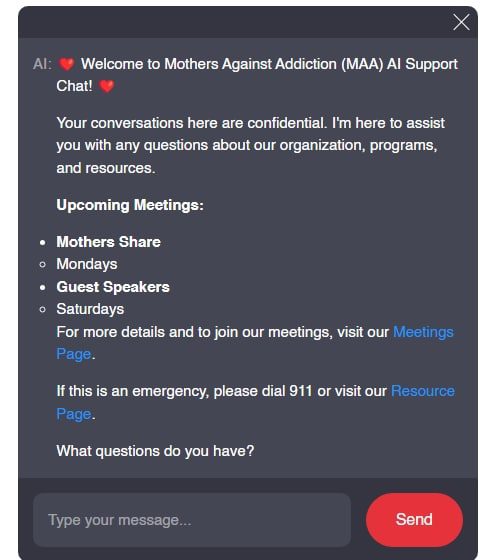Dealing with a child’s addiction journey is excruciatingly challenging for parents. Choosing the right therapy modalities can offer transformative changes not just for the child but for the entire family. Therapy modalities, such as Cognitive Behavioral Therapy (CBT), Dialectical Behavior Therapy (DBT), Equine-Assisted Therapy (EAT), Eye Movement Desensitization and Reprocessing (EMDR), and Motivational Interviewing (MI), present unique paths for healing and recovery. This article explores these therapy modalities in depth, offering real-world applications and insightful data to help parents make well-informed decisions.
Cognitive Behavioral Therapy (CBT) – Breaking the Cycle
Cognitive Behavioral Therapy has been pivotal in addiction treatment modalities since the 1960s. Dr. Aaron Beck, a key figure in CBT’s development, posited that problematic thoughts lead to maladaptive behaviors, such as substance abuse. By targeting these thought patterns, CBT aims to break the vicious cycle of addiction.
CBT helps individuals restructure negative thinking patterns, making it an essential tool in the fight against addiction. It’s like rewriting a flawed script to promote healthier behaviors, ultimately transforming lives.
Dialectical Behavior Therapy (DBT) – Balancing Acceptance and Change
DBT, pioneered by Marsha Linehan in the late 1980s, initially focused on borderline personality disorder but has since expanded to include a range of applications, including addiction. This therapy modality emphasizes mindfulness, emotional regulation, distress tolerance, and interpersonal effectiveness.
By teaching patients how to navigate their emotions and reduce distress proactively, DBT offers a balanced approach to addiction recovery, creating a solid foundation for long-term success.
| **Therapy Modality** | **Description** | **Primary Focus** | **Benefits** |
|---|---|---|---|
| Behavioral Therapy | Uses principles of learning theory to encourage positive behaviors and discourage negative behaviors. | Learning new behavior through reinforcement, punishment, and modeling. | Effective for treating phobias, OCD, and addiction. |
| Cognitive Therapy | Focuses on identifying and changing maladaptive thought patterns. | Thought processes and cognitive restructuring. | Helps with depression, anxiety, and addiction by altering thinking patterns. |
| Cognitive-Behavioral Therapy (CBT) | Integrates cognitive and behavioral strategies to modify thoughts and behaviors. | Combination of thoughts and behavior. | Widely effective for multiple disorders, including addiction. |
| Humanistic Therapy | Emphasizes personal growth and self-actualization, focusing on the individual’s potential. | Achieving one’s potential and self-exploration. | Promotes self-awareness and personal development. |
| Integrative Therapy | Combines elements from different therapeutic modalities to meet the client’s unique needs. | Blends various techniques to suit the client. | Adaptable and personalized approach. |
| Somatic (Body Awareness) Therapy | Uses body-focused techniques to address psychological issues. | Awareness of bodily sensations and physical processes. | Effective for trauma recovery and chronic stress. |
| Experiential Therapy | Uses activities such as role-playing, arts, and crafts to explore emotions and resolve conflicts. | Engaging in creative activities to process feelings. | Useful for those who have difficulty expressing themselves verbally. |
| Psychodynamic Therapy | Explores unconscious processes and how they influence behavior. | Unconscious thoughts and early life experiences. | Provides deep insight into lifelong patterns and personality structure. |
| Family Therapy | Involves treating the family system to improve communication and resolve conflicts. | Family dynamics and relationships. | Strengthens family bonds and improves communication. |
| Therapeutic Relationship Type | Description | ||
| Working Alliance | Focus on collaboration between therapist and client to achieve therapeutic goals. | ||
| Transference/Countertransference | Client projects feelings onto therapist; therapist responds with conscious awareness of this process. | ||
| Developmentally Needed/Reparative | Provides the client with an experience that was missing in their development. | ||
| Person-to-Person | Genuine, authentic interaction between therapist and client. | ||
| Transpersonal | Addresses spiritual or transcendent aspects of the client’s experience. |
Equine-Assisted Therapy (EAT) – Healing Through Horses
Equine-Assisted Therapy (EAT) brings a novel approach to therapy, leveraging the therapeutic bond between humans and horses. This modality has gained traction for its unique ability to build trust, responsibility, and emotional resilience.
Working with horses can be profoundly healing. These majestic animals help individuals reconnect with their feelings and build trust, opening doors to recovery that other therapies might not.
Eye Movement Desensitization and Reprocessing (EMDR) – Rewiring the Brain
Developed by Francine Shapiro, EMDR is acclaimed for its effectiveness in treating trauma, which often is intertwined with addiction. Bilateral stimulation in this modality allows individuals to process traumatic memories and pave the way for emotional healing.
EMDR works like a reset button for the brain’s trauma processing, enabling individuals to move past painful experiences and gain the mental fortitude needed for addiction recovery.
Motivational Interviewing (MI) – Eliciting Change from Within
Conceived by William R. Miller and Stephen Rollnick, Motivational Interviewing is a counseling approach that helps patients explore and resolve ambivalence about behavioral changes. It’s particularly effective in addiction treatment as it encourages self-motivated change.
Motivational Interviewing taps into the power of personal choice and motivation. It’s about lighting that internal fire, encouraging individuals to take charge of their recovery journey.
Integrative Approach – Combining Modalities for Holistic Healing
Modern treatment centers have adopted an integrative approach, selecting elements from multiple therapy modalities to create comprehensive and personalized treatment plans.
Combining various therapy modalities addresses multiple aspects of addiction, offering a more holistic and individually tailored pathway to recovery. This comprehensive approach adapts to the needs of the patient, providing a multi-faceted toolkit for healing.
In the maze of addiction treatment, understanding the multitude of therapy modalities available is crucial for informed decision-making. These approaches, grounded in rigorous research and current clinical practices, offer promising routes to recovery and transformation. For parents treading the arduous path of their child’s addiction, embracing these therapeutic options can be a beacon of hope. By adopting a comprehensive, well-rounded approach, families can foster an environment of healing, resilience, and enduring change.
For more detailed explorations around therapy modalities and their profound impact on recovery, visit “Mind-body connection” to understand This intricate topic. Moreover, strategies for building resilience in the face of addiction battles or coping With loneliness in recovery can provide further support on this challenging journey. Remember, at www.MothersAgainstAddiction.org, you’re never alone.
Therapy Modalities Transform Your Life
There’s something truly fascinating about the world of therapy modalities. Did you know that different forms of therapy can cater to both your mental and physical well-being? It’s like finding the Safest Cities in The Us; you land on the one that makes you feel safe and at home.
Cognitive Behavioral Therapy (CBT)
Let’s dive into Cognitive Behavioral Therapy (CBT). This modality is like understanding the meaning For default – it’s all about identifying and altering destructive thinking patterns. By recognizing these patterns, clients learn healthier ways to react and cope with various situations. It’s not just a temporary fix; it deals with the core issues, offering tools that last a lifetime.
Dialectical Behavior Therapy (DBT)
Now, let’s talk about Dialectical Behavior Therapy (DBT). It’s akin to searching for the Cheapest state To buy a house. DBT helps in managing emotions and reducing harmful behaviors without breaking the bank of your emotional reserves. It incorporates mindfulness, distress tolerance, and emotional regulation, ensuring you’re better prepared for life’s challenges.
Eye Movement Desensitization and Reprocessing (EMDR)
Last but certainly not least, there’s Eye Movement Desensitization and Reprocessing (EMDR). Think of it like understanding Mortgages interest rates🙁 while it might seem complicated, it offers profound benefits once you grasp the basics. EMDR is particularly effective for trauma sufferers, helping them reprocess distressing memories and transform their emotional responses.
The Importance of Therapeutic Safety Nets
Indeed, the importance of a therapeutic safety net can’t be understated, much like knowing What home hazard insurance Is. Just as insurance shields you from unexpected events, having the right therapy modality in place ensures that you navigate life’s ups and downs more resiliently. Each approach offers unique benefits, catering to different needs and situations.
Each therapy modality unveils insights into your world, helping you draw comparisons and make choices akin to picking the right city, understanding financial terms, or selecting the best insurance. Fascinating, right?
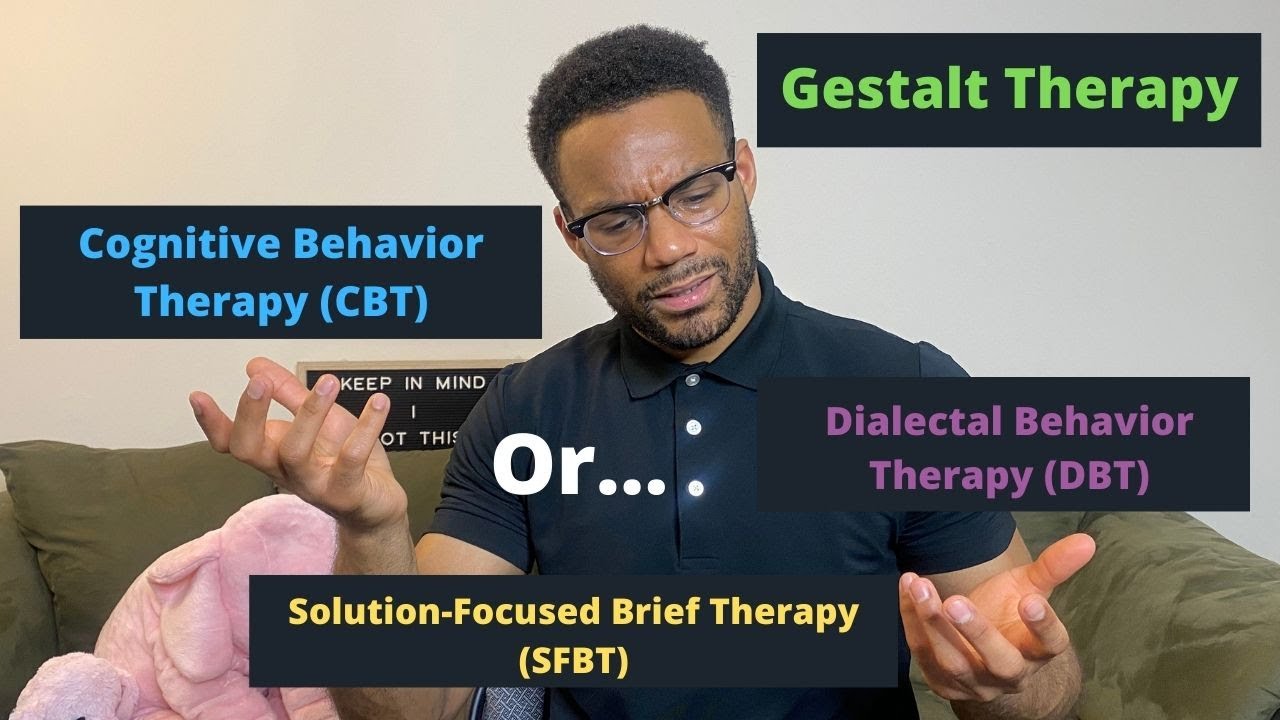
What are modalities in therapy?
Modalities are methods or approaches therapists use to help you reach your goals. They can be broad like focusing on your thoughts or behaviors, body awareness, or creative activities like art or play therapy.
What are the four 4 therapeutic modalities?
The four therapeutic modalities are behavioral (focused on learning new behavior), cognitive (focused on thought), humanistic (focused on achieving potential), and integrative (combining elements of these modalities).
What are the four major types of therapy?
The four major types of therapy generally include cognitive-behavioral therapy (CBT), psychodynamic therapy, humanistic therapy, and integrative therapy.
What are the five modalities of the therapeutic relationship?
The five modalities of the therapeutic relationship include the working alliance, the transference/countertransference relationship, the developmentally needed/reparative relationship, the person-to-person relationship, and the transpersonal relationship.
Is CBT a modality?
CBT is indeed a modality, specifically focusing on changing negative thought patterns to improve behavior and emotional regulation.
How to pick a therapy modality?
To pick a therapy modality, it’s best to consider what you’re comfortable with and what aligns with your goals. Sometimes, talking to a therapist can help decide the best fit for you.
What is the most common treatment modality?
The most common treatment modality often depends on individual needs, but CBT is one of the most popular due to its structured approach and effectiveness.
What are the six therapeutic modes?
There are more than six therapeutic modes, but common ones include cognitive, behavioral, humanistic, experiential, somatic, and integrative.
What are the 4 Rs in therapy?
The 4 Rs in therapy vary, but they often refer to Recognition, Recollection, Reparation, and Resilience.
What are the 4 P’s of therapy?
The 4 P’s of therapy aren’t a standard term, but in some contexts, they might refer to elements like Purpose, Plan, Process, and Progress.
What is the strongest form of therapy?
The strongest form of therapy can vary widely among individuals, but many find CBT particularly effective due to its goal-oriented approach.
What is the deepest form of therapy?
The deepest form of therapy is often considered to be psychodynamic or psychoanalytic therapy, as it delves into unconscious thoughts and past experiences.
What are the therapeutic modalities?
Therapeutic modalities include a diverse range such as cognitive-behavioral, psychodynamic, humanistic, experiential, and integrative approaches.
What is a counselling modality?
A counseling modality is a method or approach that a counselor uses to help clients meet their goals. Examples include CBT, humanistic therapy, and integrative methods.
What are the 7 levels of functioning Clarkson?
Clarkson’s seven levels of functioning include bodily, emotional, cognitive, interpersonal, family, cultural, and spiritual.
What are the four modalities?
The four modalities typically refer to cognitive, behavioral, humanistic, and integrative approaches in therapy.
What is the difference between a modality and a therapeutic procedure?
A modality focuses on a method or approach in therapy, while a therapeutic procedure is a specific intervention or treatment applied within that modality.
What is a patient treatment modality?
A patient treatment modality is the specific approach or method used in treating a patient, such as cognitive-behavioral therapy or somatic therapy.
What are different learning modalities?
Learning modalities often refer to different ways people learn, such as visual, auditory, reading/writing, and kinesthetic.








